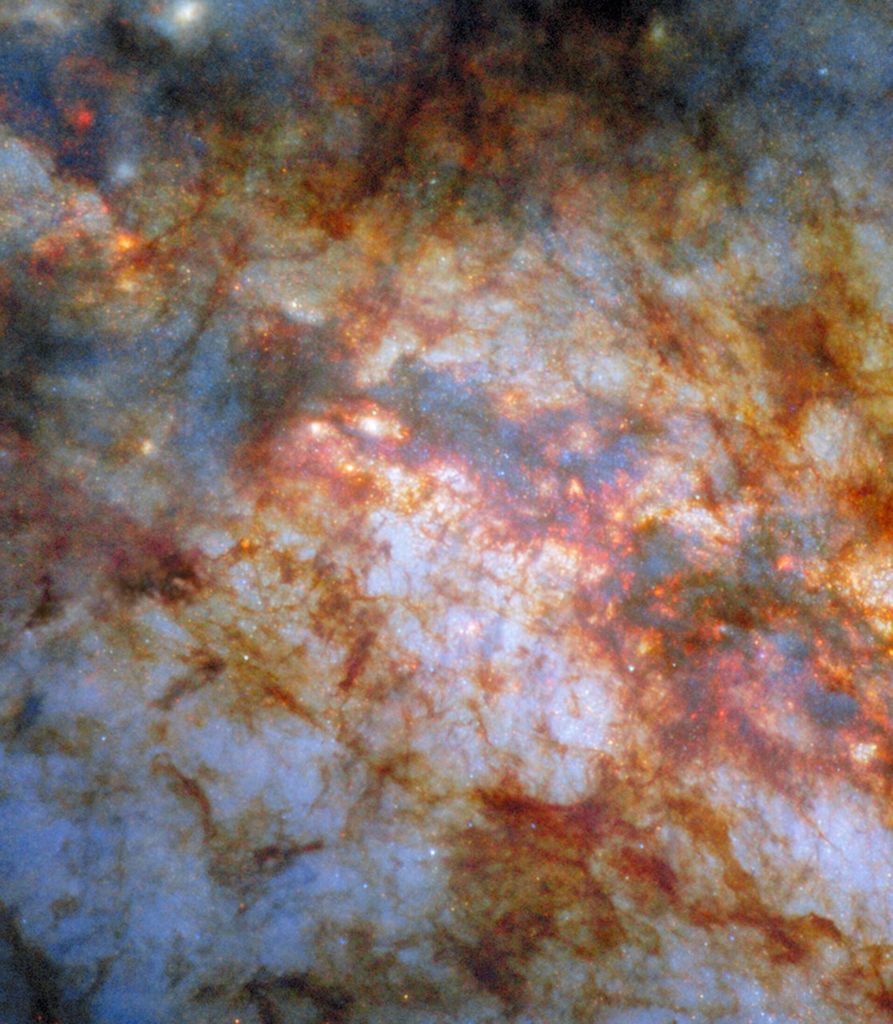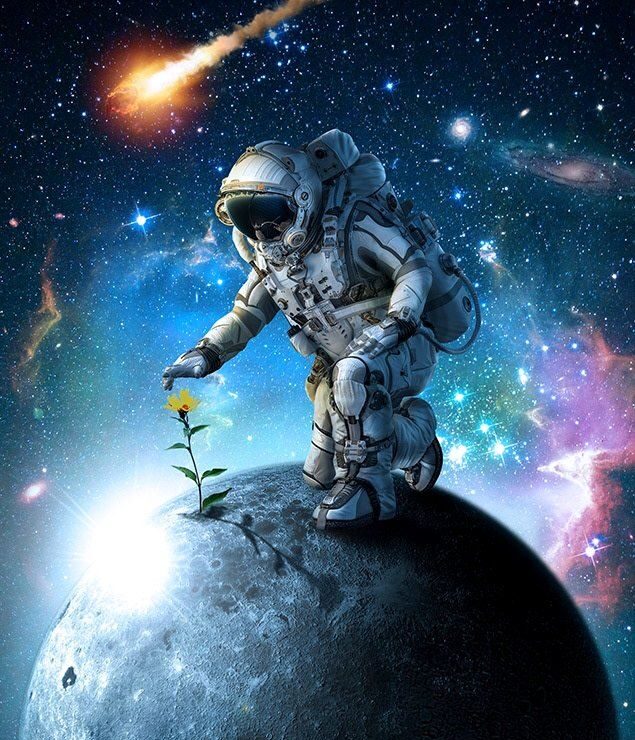Hubble Reveals New Details in the Cigar Galaxy (M82)

The Cigar Galaxy M82, located 12 million light-years away in the constellation Ursa Major, shines brightly in a new NASA/ESA Hubble Space Telescope image. Its star-powered heart glows with brilliant light, shaped by sculptural clouds of dust and gas.
Cigar Galaxy M82 as a Starburst Galaxy
Astronomers call M82 a starburst galaxy because it forms stars ten times faster than the Milky Way. This intense star formation has created super star clusters in the galaxy’s core. Each of these clusters holds hundreds of thousands of stars and shines brighter than ordinary star groups. Thanks to Hubble, researchers can study how these massive clusters form and evolve over time.
Multi-Telescope Observations of M82
The Cigar Galaxy M82 has been studied by several observatories. Hubble captured ultraviolet, visible, and near-infrared light in 2006 and 2012. The Chandra X-ray Observatory revealed high-energy activity, while the Spitzer Space Telescope provided deeper infrared views. More recently, the James Webb Space Telescope delivered sharp infrared images in 2024. Combining data from all these telescopes gives astronomers a complete picture of this galaxy, from newborn stars to the gas and dust that fuel them.
New Insights from Hubble
The latest Hubble release includes data from the High Resolution Channel of the Advanced Camera for Surveys, which reveals details never seen before. By merging different wavelengths of light, scientists gain a clearer understanding of the galaxy’s environment and the powerful forces shaping it.
The Cigar Galaxy M82 remains one of the best natural laboratories for exploring star formation, galaxy growth, and the role of dust and gas in the universe. Its dazzling star factories continue to inspire astronomers and deepen our knowledge of how galaxies evolve.


the intro picture 😍😍😍
“The Cigar Galaxy M82, located 12 million light-years away in the constellation Ursa Major, shines brightly in a new NASA/ESA Hubble Space Telescope image. Its star-powered heart glows with brilliant light, shaped by sculptural clouds of dust and gas.” – the writing is so breathtaking… imagine the images from the telescope
For 188bethiphop, it offers a great gaming experience. High levels of customisation and lots of ways to win. 188bethiphop
Just wanted to shout out uu881. Stumbled upon this site and I’m really liking the vibe. The interface is clean, and finding what I’m looking for is easy. Definitely added it to my bookmarks! uu881
Alright, lads, just gave 54bets a whirl. Not bad, not bad at all! Pretty straightforward site to navigate and had a good selection of games. Worth a punt! Check ’em out: 54bets
Lotuu… Not heard of them before. Is it any good? Anyone had any luck winning on lotuu? Spill the beans, I’m curious!
Alright! 37jlph is my go-to lately. Loving the selection of games they got going on. Give it a try, you might dig it! 37jlph
Kubet1, heard the name before but never tried it. Is it worth switching from my usual platform? Let’s find out. kubet1